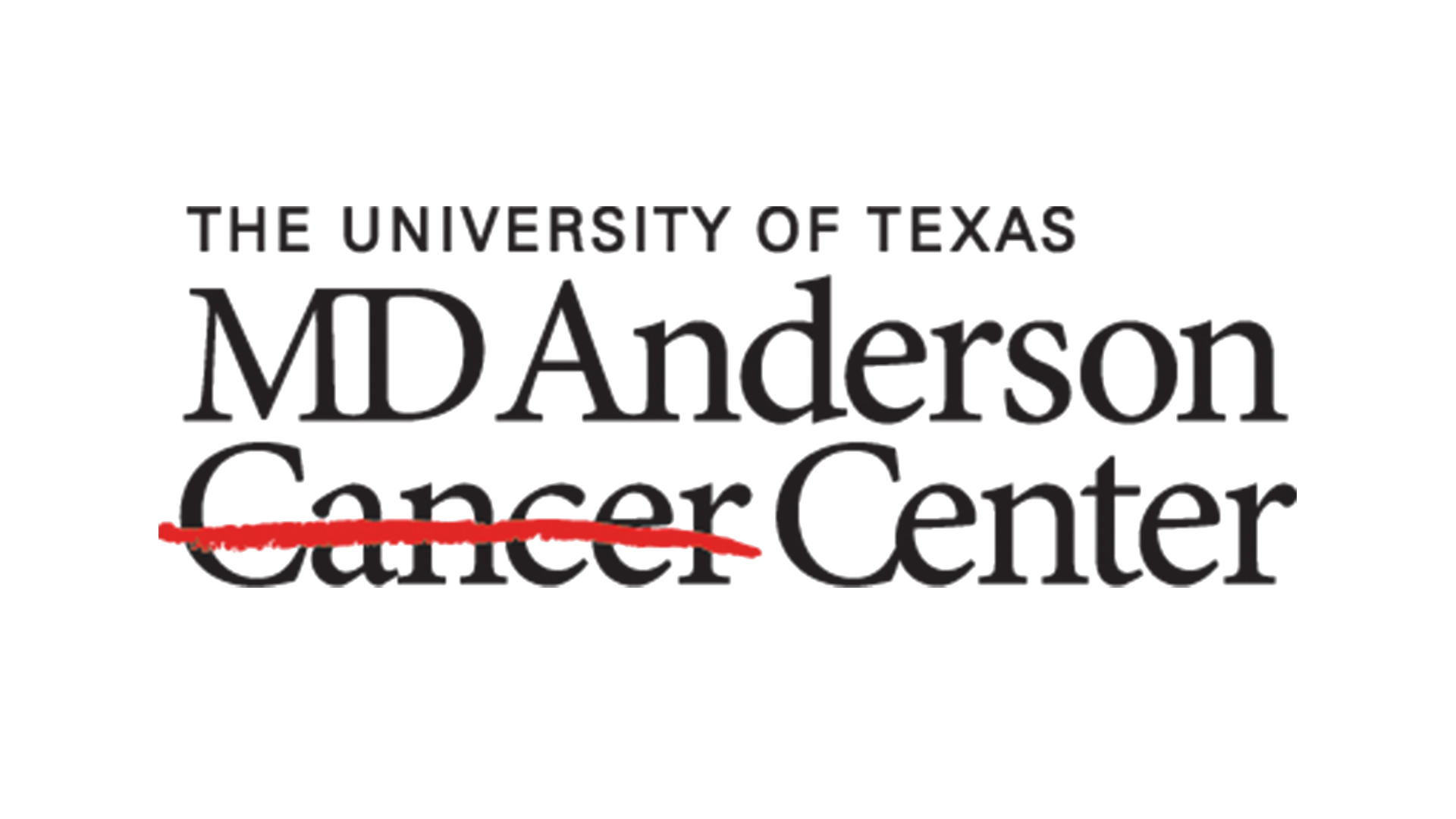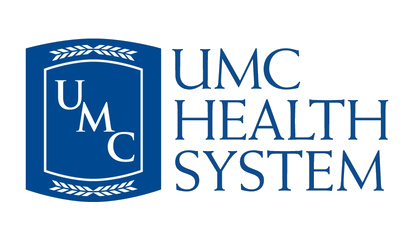What the Pandemic Has Taught Us
Ternio Newsroom Staff | October 14, 2021
Medical supply chain flaws, inefficiencies, and shortages have long been acknowledged as problematic among healthcare professionals. The emergence of COVID 19 and its Delta variant have highlighted these issues in the U.S. healthcare system and added new urgency to the search for solutions.
Referring to a pre-pandemic study[1] concluding that the U.S. was best positioned out of 195 countries to weather a pandemic, James L. Madera, CEO of the American Medical Association put it bluntly: “It turns out not to be that way at all.”
Here are 3 surgical supply chain improvements that can improve patient care and the efficient delivery of surgical services.
- Diversify the supply chain. Early in the pandemic, an almost 2-month lockdown in China led to a global shortage in PPE – personal protective equipment. The manufacture of surgical masks was so concentrated in that country and so few other options available that companies further down the supply chain, for whom masks were considered a “raw material”, were unable to keep up with demand. A revamp of incentives and regulations, improvements in infrastructure, and greater international cooperation are needed to ensure that there are more production facilities for vital supplies, and that they are strategically located. “You’ll have to have multiple places producing personal protective equipment and related items in case one link in the manufacturing chain becomes unavailable,” said Jesse Greenberg, a spokesperson for Medline Industries, Inc., the largest privately owned producer and distributor of medical equipment.
“The implementation of data-driven software for preference cards has resulted in a significant reduction in surgical supply waste.”
- Limit waste. The pandemic-related focus on supply chain bottlenecks, delays, and the risks associated with few, limited production centers is an obvious issue, but it is far from the only one. Studies have shown that an estimated 40% of supplies picked for surgical procedures are not used. Recapturing even a small percentage of these supplies would preserve them for future use and a greater number of patients. “The implementation of data-driven software for preference cards has resulted in a significant reduction in surgical supply waste”, said D. H. Peck, VP Supply Chain Management at Houston Methodist. That’s a huge improvement opportunity with a significant upside for patient care.
- Improve data collection and analysis. Legacy healthcare systems in use in the U.S. and worldwide do not adequately track, analyze, and measure surgical and other medical supply inventory, procurement, and usage. Heavy reliance on manual systems means that problems with resource allocation and associated inefficiencies are virtually invisible. And you can’t fix or improve what you can’t see. Supplies that are not properly tracked but already owned by a hospital are needlessly being purchased again. Owned supplies and instruments that a hospital may have in quantities exceeding their anticipated demand go unused, even though they may be in high demand elsewhere. Countless man-hours are wasted retrieving surgical supplies that should have been on the surgeon’s preference card, while other supplies that will likely never be used are sterilized, prepped and picked.
COVID is almost certainly not the last global health threat that we will face. But healthcare providers can be better prepared for what’s next by taking appropriate steps to improve their supply chain operations. While diversification of medical supply production and distribution may take years to accomplish and requires the participation and cooperation of multiple entities – political, regulatory, manufacturing, etc. – forward-thinking healthcare providers can and should act now on their own, to address the issues of waste and data collection within their organizations.
[1] John Hopkins Bloomberg School of Public Health


















